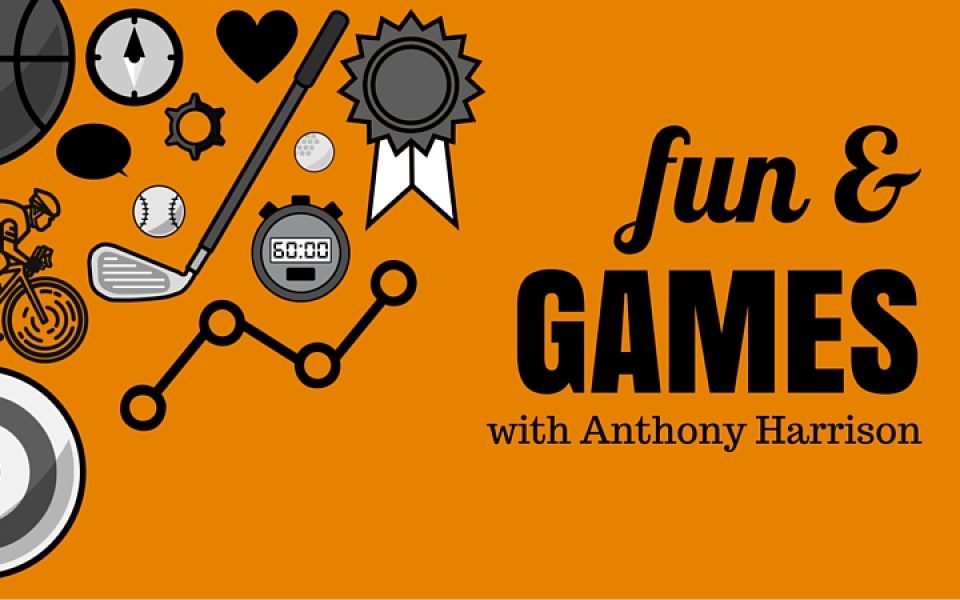I was very popular with the ladies during the Winston-Salem Open finals.
Maybe a half-dozen women approached me unbidden, all wearing smiles and asking the same question: “Is anyone sitting with you?” I’d say no, and they’d sit beside me. Every 30 minutes, it seemed — same question, same smile.
They’d park next me not because I am devastatingly handsome. It’s because I had the best seat in the house. Or out of the house.
Tennis pros duked out the finals on the grounds of the Wake Forest Tennis Center — specifically on the Harold and Mildred Southern Stadium Court — and hardcore fans watched from the stands.
I call them hardcore because you’d have to be serious about some tennis to brave the elements.
“Anybody want a water before they go in?” a shaded man in a blue polo barked just inside the gate along the path leading up to the courts. “I’ve got ’em on ice!”
It was a good selling point. Even $4 for a 16-ounce bottle of water made sense at that point, because Aug. 27 was a hot one. The heat would have proved unbearable if it hadn’t been for a healthy, steady breeze.
That, and the shade.
The tennis complex sprawls at the foot of BB&T Field, home of the Wake Forest University Demon Deacons football team. The concrete leviathan dwarfs the tennis facilities around it, and its exterior provided a natural concourse for the open with the added benefit of its overhanging stadium seating casting a broad shadow.
Food trucks and concessions stands along the concourse peddled cool goodies like lemonade, iced coffee, smoothies, ice cream and, from the Grinder, cheesecake on a freakin’ stick — their emphasis, not mine. Other vendors sold booze and clothes. A peculiar tent just outside the shady lane silently auctioned sundry items like a signed Luke Kuechly Panthers jersey and plaques commemorating Wake Forest alumni and NBA stars Tim Duncan and Chris Paul, New York Yankees greats Babe Ruth and Lou Gehrig, NC State University head basketball coach Jim Valvano and the Beatles. One of these things is not like the other.
Wrought-iron patio tables peppered the concourse, providing a spot for the heated tennis fans to scarf down nachos.
Or to watch the matches.
Yes, while the aforementioned hardcore attendees toughed it out in the blue plastic seats of Southern Stadium Court, many an open-goer opted instead to watch from the comfort of the shade, thanks to a Jumbotron hanging on the blue-mesh outer wall of the court.
The picture wasn’t perfect, of course. The occasional lag obscured some aces and final volleys. But at least you weren’t swimming in yourself.
I made myself comfortable at the front-most table closest to the screen as the doubles finals began. No one was sitting there; it was the only seat still exposed to torment from the pernicious heat. But I figured as the sun steadily fell on its trip to California, my lonely table would soon be within BB&T Field’s dark embrace.
And I was right.
The finals featured one of the greatest doubles specialists of all time: 42-year-old Leander Paes of India, a bronze medalist in singles tennis for his country at the 1996 Atlanta Olympic Games, winner of 55 doubles titles and 40 runners-up on the Association of Tennis Players World Tour.
Legends and tall tales about him, some true and some false, floated around the concourse — that he’d played in seven Olympics, that his godmother was Mother Teresa.
What could be proven immediately was his talent. Paes played with a veteran’s accurate finesse, chipping shallow, lateral volleys across the net.
“Hoo! He’s got the touch!” one fan behind me shouted during one such close save.
But he also attacked the net and returned point-blank volleys at the speed of a firing nerve.
His younger partner, Germany’s Andre Begemann, provided intimidating serves and a wicked backhand. Their combination of power and prestige made them a fearsome duo. Each point they won brought roars of approval from the crowds both inside and outside the court.
They won many.
Begemann and Paes ended the first set 6-4 and kept rolling their opponents, Spain’s Guillermo Garcia-Lopez and Finland’s Henri Kontinen, well into the second set. The match looked to be solidly in their racket sleeves.
Yet Garcia-Lopez and Kontinen never let the steamroller get the best of them. BB&T Field’s shadow grew larger and the breeze blew stronger as Garcia-Lopez and Kontinen kept chipping away at their formidable foes, first tying up at 4-4, then breaking it before the set devolved into a riveting tiebreaker.
Begemann and Paes took the first three points without answer, but Garcia-Lopez and Kontinen repeated their strategy from before, slowly wearing away resolve. Paes tired at the net, and Begemann tripped and missed the final volley of the tiebreaker.
“The momentum has shifted,” Captain Obvious droned somewhere behind me.
Garcia-Lopez and Kontinen launched into the match tiebreaker, delivering aces and ferocious slams to their tired opponents. Somehow, Begemann and Paes summoned the energy for a rally, largely off the German’s vicious serves, bringing the tiebreaker to 9-8.
But, a return right up the gut between the fan favorites broke the back of the rally.
“I cannot believe [Paes] lost that,” Denise Moose, a longtime open attendee sitting with me, intoned after the match as she cooled herself in the shade with a plastic fan from Wake Forest Baptist Health. “It breaks my heart.”
Join the First Amendment Society, a membership that goes directly to funding TCB‘s newsroom.
We believe that reporting can save the world.
The TCB First Amendment Society recognizes the vital role of a free, unfettered press with a bundling of local experiences designed to build community, and unique engagements with our newsroom that will help you understand, and shape, local journalism’s critical role in uplifting the people in our cities.
All revenue goes directly into the newsroom as reporters’ salaries and freelance commissions.


Leave a Reply